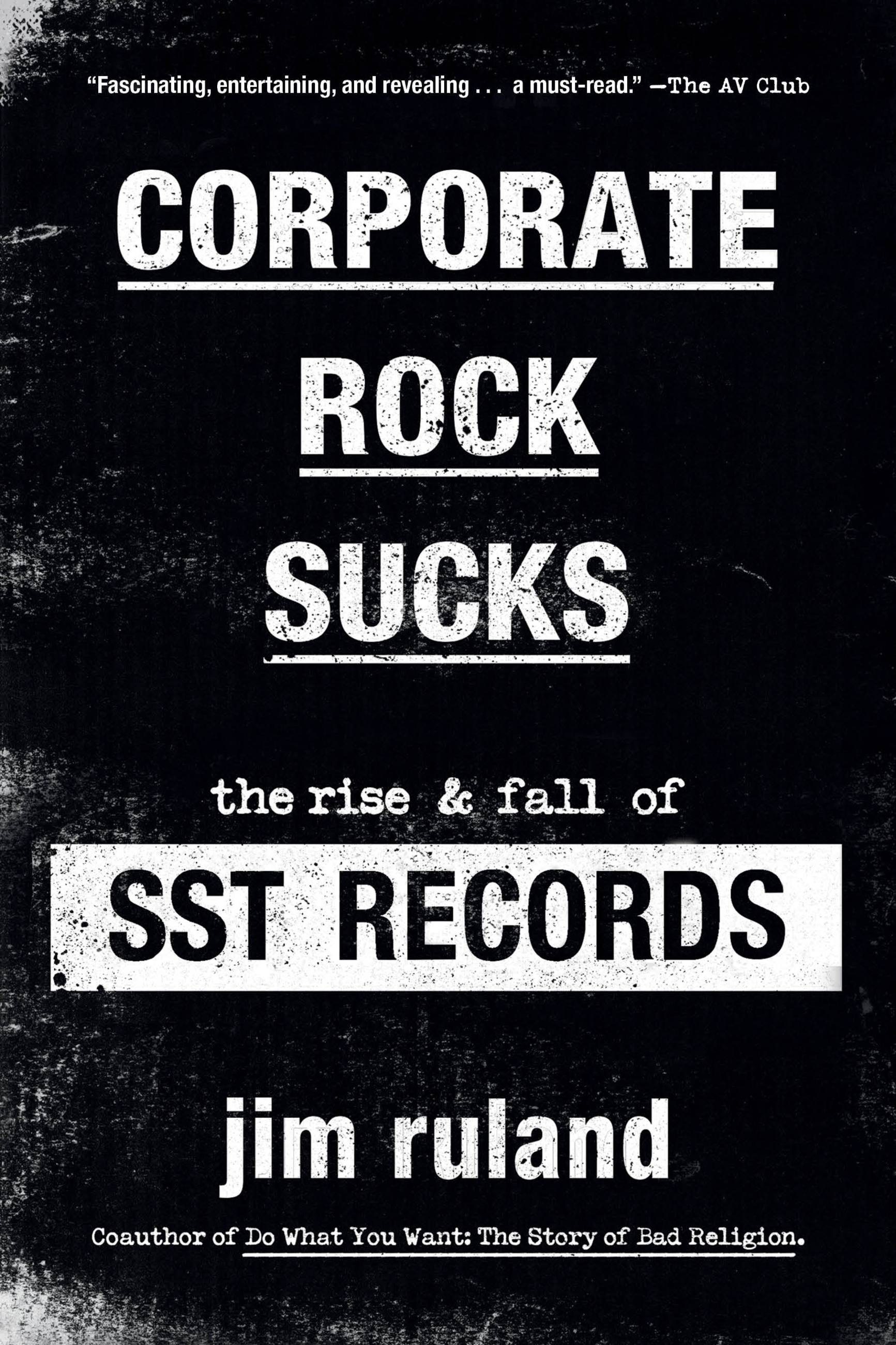In 1990, punk provocateurs Negativland cut a typically experimental single for SST Records, then America’s most influential independent label. A sound collage, it pillaged fragments of the U2 song “I Still Haven’t Found What I’m Looking For,” along with an unauthorized recording of American Top 40 host Casey Kasem disparaging the famous Irish band. The single’s artwork featured the letter U and the numeral 2. “We’re gonna get sued,” SST’s manager objected. But Greg Ginn, the label’s iconoclastic co-owner, was never one to compromise. “We’re putting it out,” he said.
When the single emerged in 1991, U2’s label, Island Records, predictably served SST with a temporary restraining order, demanded the record’s recall, and sought to recover damages. Neither SST nor Negativland had prepared for this. The band made a public plea that U2 ask their label to stand down. But SST’s actions shocked the indie underground. The label, known for many years as a champion of small artists against the corporate rock establishment, settled with Island and promptly announced its intention to recoup all losses from its own artist. Feverish exchanges followed. Negativland wrote a letter calling SST hypocrites and abandoned the label. Ginn published a press release calling Negativland “paranoid upper-middle class malcontents” and sued them for breach of contract. The national music media picked up the story and uncovered that SST was withholding royalty payments from many of its bands. The label came out looking fabulously unscrupulous.
This drama between SST and Negativland is all but forgotten today, but it marked a major blow to the underground movement the label once nurtured, as music journalist Jim Ruland writes in a new book, Corporate Rock Sucks: The Rise and Fall of SST Records. SST had been subversive. The label—which released formative records by bands like Black Flag, the Minutemen, Hüsker Dü, Sonic Youth, Bad Brains, Soundgarden, and Dinosaur Jr.—“operated for reasons that had nothing to do with the rock and roll fantasy of getting rich and famous: to make art, to document the scene, to create something new and in doing so prove that anyone could do it,” Ruland writes. Corporate Rock Sucks ably explains how SST unraveled. But it’s also a case study in how principled countercultural movements, under the iron grip of capitalist realism, have again and again made themselves toothless adjuncts of the mainstream. At a moment when it’s hard to imagine anything in American culture posing a threat to the established social order, Ruland’s book helps explain why we lack a meaningful counterculture today.
